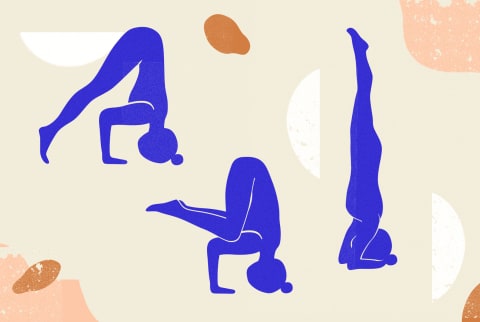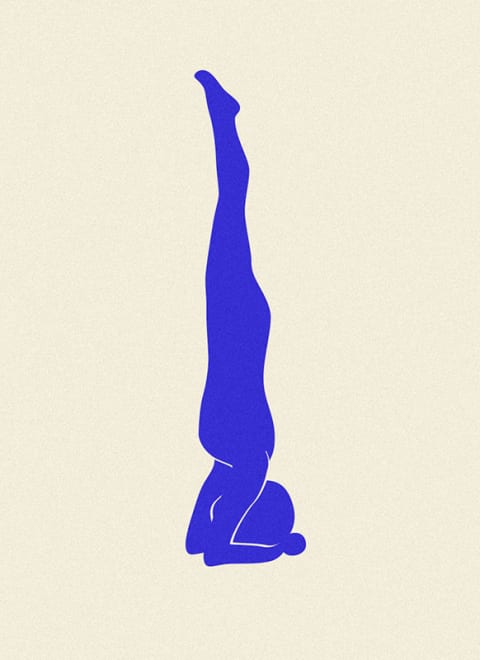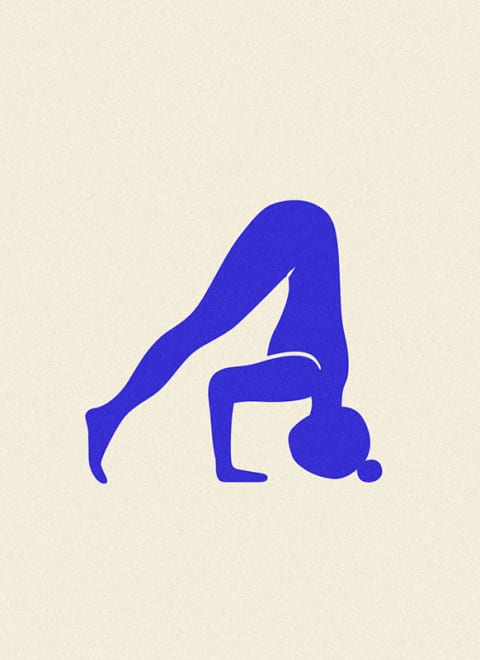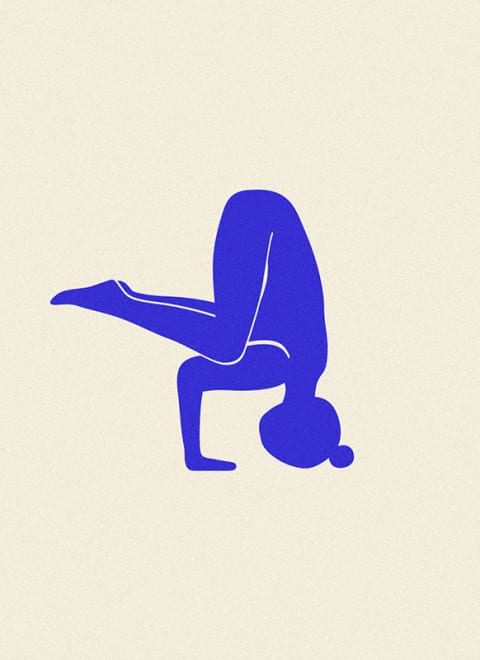Here, with the help of two certified yoga instructors, we explain how to do a headstand safely and correctly, the risks of headstands (including who shouldn’t attempt them), and benefits you may get from incorporating this pose into your practice. In terms of when to do a headstand, Laura Kasperzak, E-RYT 200, registered yoga teacher and CrossFit Level 1 Trainer, suggests that if you’re still learning the move, incorporating it halfway through your yoga practice is a good idea. Why halfway? You’ll likely be properly warmed up but not yet too tired. And speaking of warm-up, focus on opening up the shoulders, hamstrings, and upper back and activating your core, says Trice. Headstands are also great for people who want to take the next step in their yoga practice. You might want to attempt this inversion “If you feel like you’ve got all the basics down and you’re plateauing in your practice and not feeling like you’re challenged, and you’re ready to take the next step,” says yoga instructor Caley Alyssa in our Yoga Inversions 101 class. There are some people who should avoid headstands altogether, including folks with neck, spine, or shoulder issues; hypertension; glaucoma; and heart issues, “just to name a few,” says Kasperzak. Pregnant folks should also not attempt the posture, adds Trice. If you have a medical condition or are otherwise unsure whether headstands (or inversion work in general) are right for you, ask your doctor before adding them to your practice. If you are cleared to do headstands, make sure your shoulders are lifted away from the floor, and allow your cervical spine to maintain its natural curvature. This can help you reduce your risk of cervical spine injury, says Trice. Alyssa also offers a pro tip in order to find where you should place your head on the mat (note: It can be different for everyone!): “A good measurement for where you want to be on the crown of your head is to make a little ‘L’ shape with your thumb and forefinger,” she says. “Take your thumb to the bridge of our nose, right where it meets your forehead. Wherever your index finger touches the head, that’s where you want to be on your skull.” Tripod dolphin (different from the dolphin pose mentioned above) is a beginner-friendly inversion that Kasperzak says most active people will be able to do (though again, if you have any medical concerns, check with your doc first). Here’s how to do it: Tripod egg headstand is an intermediate-level inversion that can help you work up to a full headstand. Here’s how to do it: If you feel comfortable with Tripod Egg headstand, you can try lifting your knees off of your arms and raising your legs straight up into a headstand. This would be a slightly different variation of the headstand compared to what’s described above. Headstands, as mentioned, are a type of inversion exercise, so you may be able to gain some of those benefits through the pose. However, headstands weren’t the specific exercise used in the inversion traction study described above, so you might not want to conflate the two entirely. Also, as an FYI: Inversion therapy has some of its own risks as well. So what can we say about headstands specifically? According to Trice, the pose can improve balance and confidence while also strengthening your shoulder girdle muscles, upper back, and core. Headstands can also provide mental benefits for some practitioners. “They can improve your focus and calm your thoughts,” explains Kasperzak. After all, “When you are upside down, there’s not much else to think about!” Headstands are an impressive pose that requires patience, diligence, and strength to master. Just keep in mind the risks of headstands, and chat with your doctor first if you have a medical condition.






